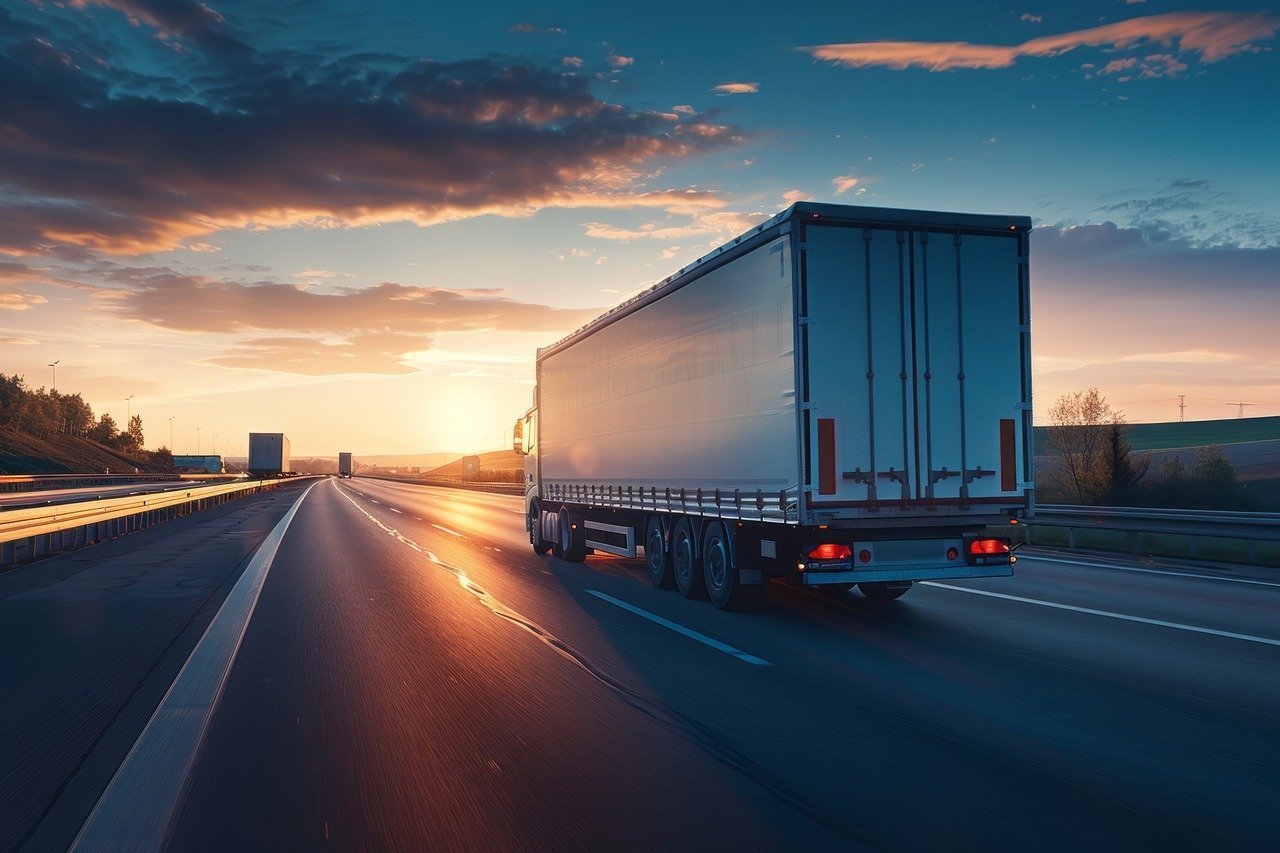Heavy-duty vehicles: Council signs off on stricter CO2 emission standards
The Council today formally adopted the regulation on CO2 emission standards for heavy-duty vehicles, amending and strengthening the existing EU rules. The updated rules will further reduce CO2 emissions from road transport and will introduce new targets for 2030, 2035 and 2040.
More robust standards for CO2 emissions will help increase the share of zero-emission vehicles in the heavy-duty vehicle fleet across the EU, while ensuring that innovation in and the competitiveness of the sector are preserved and enhanced.
Broader scope
Under the revised rules, the scope of the existing regulation will be expanded to make almost all new heavy-duty vehicles with certified CO2 emissions – including smaller trucks, urban buses, coaches and trailers – subject to emission reduction targets.
New emission reduction targets
The new rules maintain the existing 2025 target currently set at a 15% emissions reduction for heavy lorries weighing over 16t. In line with the EU’s climate objectives for 2030 and beyond, the regulation further establishes the following new targets:
- a 45% emissions reduction from 2030 (increased from 30%)
- a 65% emissions reduction from 2035
- a 90% emissions reduction from 2040
These targets will apply to medium lorries, heavy trucks weighing over 7.5t and coaches, as well as to corresponding vocational vehicles from 2035 onwards.
Zero-emission target for urban buses
The new rules introduce a 100% zero-emission target for new urban buses by 2035, with an intermediate target of 90% for this category by 2030. Inter-urban buses will be exempt from this target, as they will be regarded as coaches for the purposes of measuring emissions reduction.
Next steps
The regulation will now be signed and published in the Official Journal of the EU. It will enter into force 20 days after its publication.
The effectiveness and impact of the amended regulation will be reviewed by the Commission in 2027.
Among other things, the Commission will also have to evaluate the possibility of developing a common methodology for the assessment and reporting of the full lifecycle CO2 emissions of new heavy-duty vehicles.
Background
The heavy-duty vehicle sector is responsible for over 25% of greenhouse gas emissions from road transport in the EU. CO2 emission standards for certain heavy-duty vehicles were set for the first time in 2019, with targets for 2025 to 2029 and for 2030 onwards, with provision for a review of the regulation by 2022.
On 14 February 2023, the Commission submitted a proposal for a revision of the CO2 emission standards for heavy-duty vehicles. This revision is an integral part of the Fit for 55 legislative package. The updated rules contribute to the EU’s aim of reducing its net greenhouse gas emissions by at least 55% by 2030 compared to 1990 levels, and to achieve climate neutrality by 2050.
New legislation agreed to increase zero emissions trucks and urban buses on European roads
The Commission welcomes the final adoption today by the EU Member States of the revised regulation on CO2 emission standards for new heavy-duty vehicles (HDVs) entering the EU market from 2030. These new CO2 standards will contribute to the decarbonisation of the road transport sector. They are another milestone to deliver the European Green Deal and reduce the EU’s greenhouse gas emissions by at least 55% by 2030 and to reach climate neutrality by 2050.
The new regulation will cover almost all trucks, urban buses, long-distance buses and trailers. It establishes CO2 emissions reduction targets that will be applied progressively in the coming decades: -45% emissions for 2030-2034, -65% for 2035-2039 and -90% as of 2040, compared to 2019 levels.
The transition to zero-emission public transport is already underway in many European cities. To accelerate this uptake, new urban buses must reduce emissions by 90% as of 2030. All new urban buses will have to be zero-emissions by 2035.
Zero-emission and more energy-efficient heavy-duty vehicles will help improve air quality and the health of Europeans. It will also enable the EU to lower the demand for imported fossil fuels and sends a clear signal to guide investments in innovative zero-emission technologies and boost the rollout of recharging and refuelling infrastructure.
The new EU legislation will soon be published in the EU Official journal and enter into force.
More information is available here.

